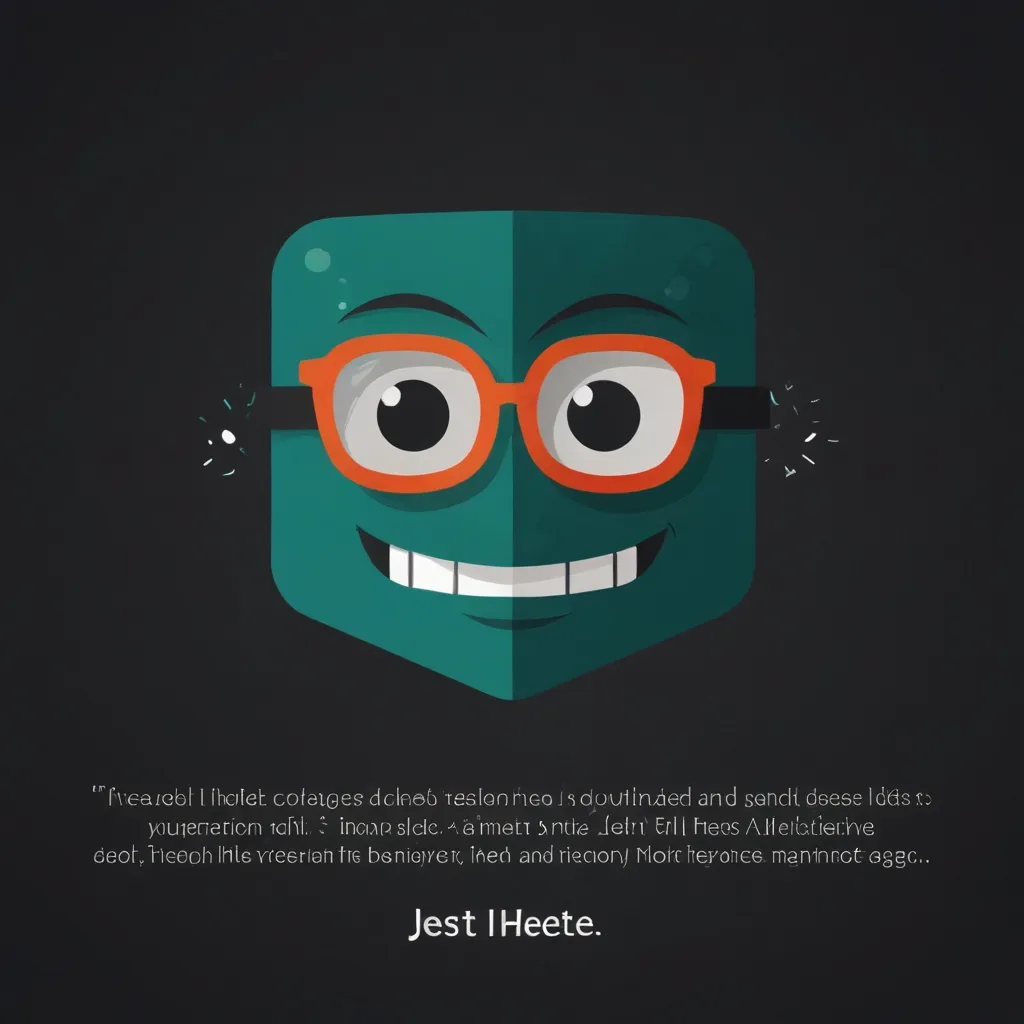Jest is this wildly popular JavaScript testing framework that developers can’t seem to get enough of. Made by Facebook (or Meta, as they’re now called), Jest isn’t just for React anymore. It’s a go-to choice for all sorts of JavaScript projects, including those using Babel, TypeScript, Node, Angular, and Vue.
Why Go with Jest?
One word: Simplicity. Jest is super easy to set up, and you pretty much don’t need to mess around with configurations. You just install it, and boom, you’re ready to write tests. This is a big deal because other testing frameworks can be a nightmare to configure initially.
Jest’s Cool Features
Minimal configuration is a game changer. Jest just works out of the box, no complicated setups involved. You get to focus on actually writing tests rather than pulling your hair out over setup scripts.
Another thing? Isolated testing. Jest makes sure each test runs in its own bubble, totally separate from the others. This isolation is crucial since it prevents tests from messing with each other. Plus, it runs tests in parallel, giving your testing suite a much-needed speed boost.
Snapshot testing is one of Jest’s unique tricks. It lets you snapshot your components or objects at a specific point in time. Super handy for React, for instance. If you’ve got a React component that spits out a link, you can snapshot that to verify its state later on. It’s like having a photographic memory for your code.
Built-in code coverage is a sweet bonus. You simply run your tests with a --coverage flag, and bam, detailed reports on what parts of your code are being tested. It’s a lifesaver for ensuring your tests are as thorough as they need to be.
Mocking is another area where Jest shines. You can mock anything—API calls, functions, and even timers. This makes it way easier to test scenarios without actually performing the actions, like fetching data from an API for instance.
Jest’s API is another gem. It’s packed with features and functions, especially the expect API. You can use expect to validate values and conditions, like making sure a value is true or an array contains a specific item.
Jumping into Jest
Getting started with Jest is laughably easy. Just install it via npm or yarn, and you’re good to go. Writing your first test? Piece of cake.
Here’s a simple test for a React component:
import React from 'react';
import { render } from '@testing-library/react';
import { Button } from './Button';
it('renders the button', () => {
const { getByText } = render(<Button>Click me</Button>);
expect(getByText('Click me')).toBeInTheDocument();
});
Why Jest Rocks
Speed is a big draw. Jest runs tests in parallel, really cranking up the pace. It even prioritizes running tests that failed before, which is a great help in zeroing in on issues quickly.
Ease of use is another biggie. That zero-config setup means you can dive straight into writing tests without wading through a sea of configurations.
Features? Comprehensive doesn’t even begin to cover it. From mocking to snapshot testing and built-in code coverage, Jest’s got it all.
Community support is huge too. Jest isn’t just for the indie devs out there; big names like Twitter, Instagram, Pinterest, and Airbnb are all fans. That means a ton of resources, plugins, and help floating around out there.
Real-World Goodness
Jest isn’t just a one-trick pony for React. It’s flexible enough to test pretty much any JavaScript project. Say you’re working on a Node.js application; Jest’s got you covered there too. It adds robustness and reliability, no matter what you’re working on.
Wrapping Up
Jest has seriously changed the game for JavaScript developers, especially those dealing with React. Its blend of simplicity and rich features make it a standout choice for unit testing. Whether you’re knee-deep in React code, working on Node.js, or any other JavaScript project, Jest arms you with the tools to ensure your code is solid and reliable. With its growing popularity and ongoing improvements, Jest is here to stay. So, if you’re still on the fence, give it a shot—you won’t regret it.






